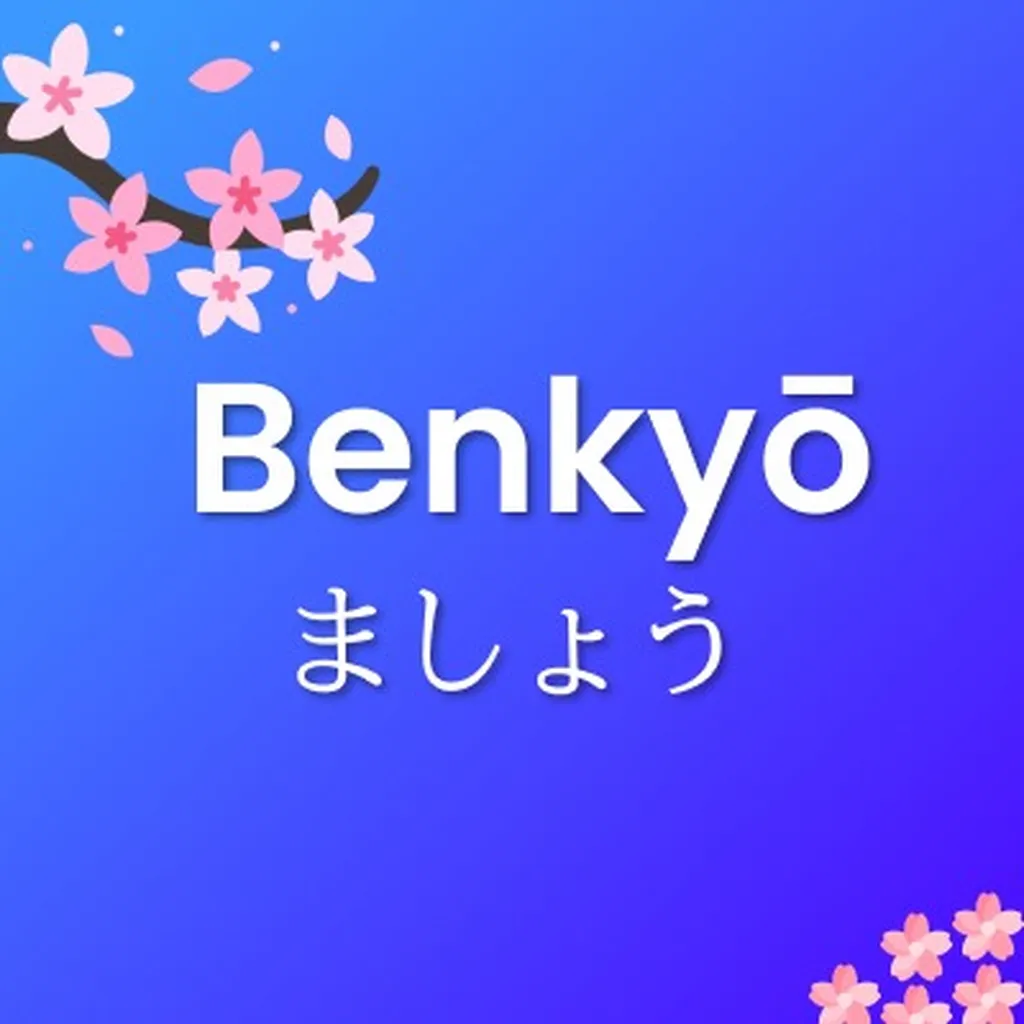甘い
あまい
generous, sweet
i-adjective
Conjugation Table
Present
甘い
Negative
甘くない
Past
甘かった
Past Negative
甘くなかった
Te Form
甘くて
Adverbial
甘く
Conditional
甘ければ
Presumptive
甘いでしょう
Example Sentences
このケーキは甘いです。
This cake is sweet.
Kono kēki wa amai desu.
昨日のスープは甘くなかったです。
Yesterday's soup wasn't sweet.
Kinō no sūpu wa amaku nakatta desu.
このお菓子を食べて、甘くておいしいね。
Eat this candy; it's sweet and delicious, right?
Kono okashi o tabete, amakute oishii ne.
Grammar Notes & Usage Tips
•i-Adjective Basics**: Since 甘い (あまい) is an i-adjective, you can use it directly before a noun without any changes, like in 甘いお菓子 (あまいおかし) meaning "sweet candy."
•Negative Form**: To say something is "not sweet," change the ending to 甘くない (あまくない). For example, このケーキは甘くない (このケーキはあまくない) means "This cake is not sweet."
•Past Tense**: To express that something "was sweet," change the ending to 甘かった (あまかった). For example, そのスープは甘かった (そのスープはあまかった) means "That soup was sweet."
•Particle Usage**: When describing how sweet something is, use the particle が. For instance, この果物が甘いです (このくだものがあまいです) means "This fruit is sweet."
•い-adjective: Conjugates by changing the い ending
